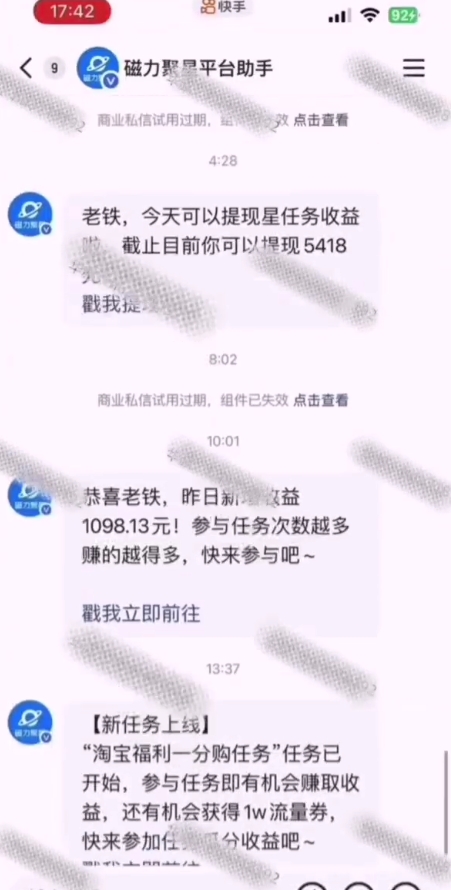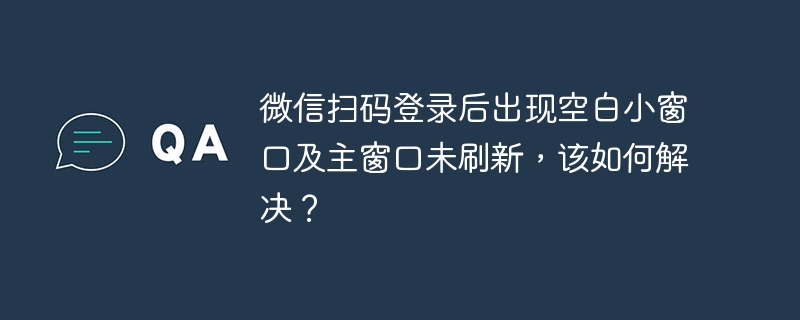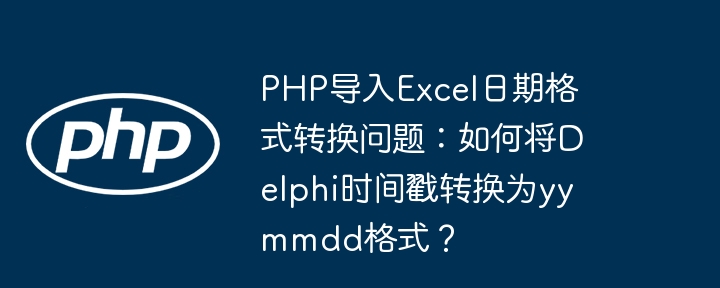python字符串操作的核心在于掌握其內置方法,以提高代碼效率和可讀性。基本操作包括:1.len(String)獲取長度;2.string[index]訪問字符;3.string[start:end]切片;4.+和*用于連接與重復。查找與替換涉及:1.find()和index()用于查找子字符串;2.replace()替換子字符串;3.count()統計出現次數。分割與連接使用split()分割字符串、join()連接列表。大小寫轉換包含lower()、upper()、capitalize()、title()、swapcase()等方法。去除空白字符通過strip()、lstrip()、rstrip()實現。判斷字符串類型的方法有startswith()、endswith()、isalnum()、isalpha()、isdigit()、islower()、isupper()、isspace()。格式化字符串支持format()和f-strings,而復雜場景可用string.template類。高效查找多個子字符串可通過循環或正則表達式實現。字符串編碼問題處理需了解編碼類型,使用encode()和decode()進行轉換,并通過errors參數處理錯誤。優化字符串連接推薦使用join()方法或f-strings。復雜的字符串格式化可通過string.template結合字典完成。

python字符串操作,核心在于掌握其內置方法,靈活運用可以極大提高代碼效率和可讀性。接下來我們深入探討Python字符串操作的常用方法。
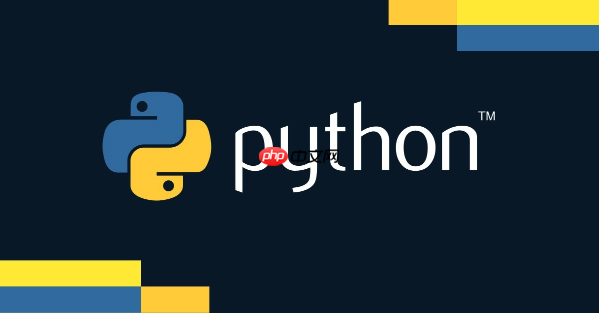
解決方案 Python字符串提供了豐富的操作方法,可以滿足各種字符串處理需求。
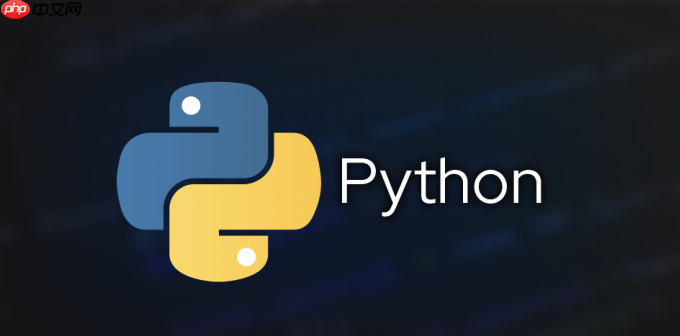
-
基本操作:
- len(string): 返回字符串的長度。
- string[index]: 訪問字符串中特定索引位置的字符。注意索引從0開始。
- string[start:end]: 切片操作,提取字符串的一部分。
- string + another_string: 字符串連接。
- string * n: 字符串重復n次。
-
查找與替換:
立即學習“Python免費學習筆記(深入)”;

- string.find(substring): 查找子字符串在字符串中首次出現的位置,如果不存在則返回-1。
- string.index(substring): 類似于find,但如果子字符串不存在則拋出ValueError異常。
- string.replace(old, new): 將字符串中的old子字符串替換為new子字符串。可以指定替換次數。
- string.count(substring): 統計子字符串在字符串中出現的次數。
-
分割與連接:
- string.split(separator): 將字符串按照指定的分隔符分割成多個子字符串,返回一個列表。默認分隔符是空格。
- separator.join(list_of_strings): 將一個字符串列表用指定的分隔符連接成一個字符串。
-
大小寫轉換:
- string.lower(): 將字符串轉換為小寫。
- string.upper(): 將字符串轉換為大寫。
- string.capitalize(): 將字符串的第一個字符轉換為大寫,其余字符轉換為小寫。
- string.title(): 將字符串中每個單詞的首字母轉換為大寫。
- string.swapcase(): 將字符串中的大小寫字符互換。
-
去除空白字符:
- string.strip(): 去除字符串首尾的空白字符(包括空格、制表符、換行符等)。
- string.lstrip(): 去除字符串開頭的空白字符。
- string.rstrip(): 去除字符串結尾的空白字符。
-
判斷字符串類型:
- string.startswith(prefix): 判斷字符串是否以指定的前綴開頭。
- string.endswith(suffix): 判斷字符串是否以指定的后綴結尾。
- string.isalnum(): 判斷字符串是否只包含字母和數字。
- string.isalpha(): 判斷字符串是否只包含字母。
- string.isdigit(): 判斷字符串是否只包含數字。
- string.islower(): 判斷字符串是否只包含小寫字母。
- string.isupper(): 判斷字符串是否只包含大寫字母。
- string.isspace(): 判斷字符串是否只包含空白字符。
-
格式化字符串:
- string.format(): 使用花括號 {} 作為占位符,將參數傳遞給字符串。
- f-strings: Python 3.6 引入的格式化字符串字面量,使用 f 前綴,可以直接在字符串中嵌入表達式。
如何高效地查找多個子字符串?
常規的find()和index()方法一次只能查找一個子字符串。如果需要查找多個子字符串,可以考慮使用循環,或者使用正則表達式。正則表達式在處理復雜模式匹配時非常強大,但對于簡單的子字符串查找,循環可能更直觀。
text = "This is a test string with multiple keywords." keywords = ["test", "string", "keywords"] for keyword in keywords: if keyword in text: # 使用 in 運算符更簡潔 print(f"Found keyword: {keyword}") import re pattern = '|'.join(keywords) # 構建正則表達式,使用 | 分隔關鍵詞 matches = re.findall(pattern, text) print(f"Found keywords using regex: {matches}")
字符串編碼問題如何處理?
Python 3 默認使用 Unicode 編碼,這使得處理多語言文本變得更加容易。但有時仍然會遇到編碼問題,尤其是在讀取文件或與外部系統交互時。
- 了解編碼類型:首先要確定字符串的編碼類型,常見的編碼類型包括 UTF-8、GBK、ASCII 等。
- 解碼與編碼:使用 string.encode(encoding) 將字符串編碼為指定編碼的字節序列,使用 bytes.decode(encoding) 將字節序列解碼為字符串。
- 處理編碼錯誤:在解碼時,可能會遇到編碼錯誤。可以使用 errors 參數來指定如何處理錯誤,例如 errors=’ignore’ 忽略錯誤,errors=’replace’ 用特殊字符替換錯誤。
# 示例:處理 UTF-8 編碼的字符串 text = "你好,世界!" encoded_text = text.encode('utf-8') print(encoded_text) # 輸出:b'xe4xbdxa0xe5xa5xbdxefxbcx8cxe4xb8x96xe7x95x8cxefxbcx81' decoded_text = encoded_text.decode('utf-8') print(decoded_text) # 輸出:你好,世界! # 處理編碼錯誤 try: # 假設 encoded_text 包含無效的 UTF-8 序列 decoded_text = encoded_text.decode('utf-8', errors='ignore') # 忽略錯誤 print(decoded_text) except UnicodeDecodeError as e: print(f"Decoding error: {e}")
如何優化字符串連接操作?
在循環中頻繁進行字符串連接時,使用 + 運算符效率較低,因為每次連接都會創建一個新的字符串對象。推薦使用 join() 方法或 f-strings 來優化字符串連接操作。
- 使用 join() 方法:將所有子字符串放入一個列表中,然后使用 join() 方法連接它們。
- 使用 f-strings:在 Python 3.6 及以上版本中,可以使用 f-strings 進行高效的字符串連接。
# 示例:使用 join() 方法優化字符串連接 strings = ["This", "is", "a", "test"] result = " ".join(strings) # 使用空格作為分隔符 print(result) # 輸出:This is a test # 示例:使用 f-strings 優化字符串連接 name = "Alice" age = 30 result = f"My name is {name} and I am {age} years old." print(result) # 輸出:My name is Alice and I am 30 years old.
如何進行復雜的字符串格式化?
除了基本的 format() 方法和 f-strings,還可以使用 string.Template 類進行更復雜的字符串格式化。string.Template 允許使用自定義的占位符,并且可以從字典或對象中讀取值。
from string import Template template_string = "My name is $name and I am $age years old." template = Template(template_string) data = {'name': 'Bob', 'age': 25} result = template.substitute(data) print(result) # 輸出:My name is Bob and I am 25 years old. # 如果字典中缺少占位符對應的值,可以使用 safe_substitute() 方法,它會保留缺失的占位符。 result = template.safe_substitute({'name': 'Charlie'}) print(result) # 輸出:My name is Charlie and I am $age years old.










